Valueerror Could Not Convert String To Float ”
Common Causes of “ValueError: could not convert string to float ””
1. Missing or invalid input: One possible cause of this error is when the input string is empty or not a valid number. For example, if you try to convert an empty string or a string with alphabetic characters to a float, you will encounter this error.
2. Leading or trailing whitespace in the input: Whitespace characters at the beginning or end of the input string can also cause this error. These characters are not valid in a numeric context and need to be removed before converting the string to a float.
3. Incorrect decimal separators or thousand separators: Another common cause of this error is using the wrong decimal separator or thousand separator in the input string. In Python, the decimal separator is typically a dot (.) and the thousand separator is a comma (,). If the input string uses a different format, it may not be recognized as a valid number and trigger the error.
4. Non-numeric characters in the input string: If the input string contains non-numeric characters other than whitespace, the conversion to a float will fail. This can happen if the input includes special characters, currency symbols, or other symbols that are not valid in a numeric context.
5. Empty or null values in the input: In some cases, the input for conversion may be missing or null. Trying to convert such values to a float will result in the “could not convert string to float” error.
6. Incorrect handling of special characters or symbols: Special characters or symbols in the input string can also lead to this error. Depending on the context, some characters may need to be properly escaped or processed differently before converting the string to a float.
7. Encoding issues and compatibility problems: Sometimes, the error may be caused by encoding issues or compatibility problems between different programming languages or systems. For example, if you are reading data from a CSV file in Python and the file is encoded in a different format than expected, it can result in the “could not convert string to float” error.
How to Address the “ValueError: could not convert string to float ”” Error
To address this error, you can follow these steps:
1. Verify the input data: Check if the input data is missing, invalid, or null. Ensure that the input contains only numeric characters and does not include any non-numeric characters or symbols.
2. Remove leading or trailing whitespace: Use the strip() or rstrip() and lstrip() functions to remove leading and trailing whitespace characters from the input string.
3. Check decimal and thousand separators: Ensure that the input string uses the correct decimal separator (usually a dot) and thousand separator (usually a comma) if applicable. If the separators are incorrect, you can use the replace() function to replace them with the correct ones.
4. Handle special characters or symbols: If the input string includes special characters or symbols, you may need to handle them appropriately. In some cases, you can remove them using the replace() or translate() functions. In other cases, you may need to handle them as part of a specific parsing or conversion logic.
5. Handle empty or null values: If the input data can be empty or null, consider adding conditional statements or try-except blocks to handle these cases separately. For example, you can check if the input string is empty before attempting to convert it to a float.
6. Fix encoding issues and compatibility problems: If the error is related to encoding or compatibility, ensure that the data source and the target system are using the same encoding. If necessary, you can convert the input data to the correct encoding before performing the conversion to a float.
Frequently Asked Questions (FAQs)
Q1: What is the “could not convert string to float” error in Python?
A1: The “could not convert string to float” error is a ValueError that occurs when trying to convert a string to a float but the string cannot be interpreted as a valid number.
Q2: How can I convert a string to a float in Python?
A2: To convert a string to a float in Python, you can use the float() function. For example, float(“3.14”) will return the float value 3.14.
Q3: How do I handle commas in a string when converting it to a float in Python?
A3: If your input string contains commas as thousand separators, you can remove them before converting the string to a float. For example, you can use “1,000.50”.replace(“,”, “”) to remove the comma and obtain the string “1000.50”, which can then be converted to a float.
Q4: How can I convert strings with special characters or symbols to floats in Python?
A4: Converting strings with special characters or symbols to floats requires handling those characters or symbols appropriately. Depending on the specific characters or symbols involved, you may need to remove them, replace them, or apply specific parsing or conversion logic.
Q5: How do I avoid the “could not convert string to float” error when working with numerical data in pandas or Seaborn?
A5: When working with pandas or Seaborn, make sure to validate and pre-process your input data before performing any conversion operations. This includes checking for missing or null values, handling special characters or symbols, and ensuring the correct format of decimal separators and thousand separators.
In conclusion, the “ValueError: could not convert string to float” error can occur due to various reasons such as missing or invalid input, incorrect decimal or thousand separators, non-numeric characters in the input string, empty or null values, incorrect handling of special characters or symbols, and encoding issues or compatibility problems. By following the suggested steps to address these causes, you can overcome this error and successfully convert strings to floats in Python. Remember to validate your input data, handle special cases, and ensure proper encoding and format consistency to prevent this error from occurring.
\”Debugging Python: Solving ‘Valueerror: Could Not Convert String To Float’\”
How To Convert From String To Float Python?
Python is a versatile programming language that provides multiple built-in functions to handle various data types. One common task while working with numeric data is converting strings to floats. This article will guide you through the process of converting strings to floats in Python and elaborate on some related concepts. So, let’s dive in!
Converting a String to a Float:
In Python, the float() function is used to convert a string or a numeric value to a floating-point number. To use this function, you simply need to pass the desired string to it as an argument. Here’s a simple example:
“`python
string_num = “3.14”
float_num = float(string_num)
print(float_num) # Output: 3.14
“`
In the example above, the string `”3.14″` is converted to a float using the float() function, and the resulting float is then stored in the variable `float_num`. Finally, the value of `float_num` is printed, which produces the output `3.14`.
It’s important to note that the float() function only accepts valid floating-point representations in strings. If you pass an invalid string, such as `”abc”`, a ValueError will be raised. Therefore, it’s good practice to handle potential exceptions using error handling techniques, like try-except blocks, to ensure your program doesn’t crash when encountering invalid conversions.
Handling Invalid Conversions:
To gracefully handle invalid conversions, you can make use of try-except blocks which allow you to catch and handle specific exceptions. In the case of converting a string to a float, we can catch the ValueError exception. Here’s an example:
“`python
string_num = “abc”
try:
float_num = float(string_num)
print(float_num)
except ValueError:
print(“Invalid conversion!”)
“`
In the code above, the string `”abc”` is attempted to be converted into a float using the float() function. However, as `”abc”` is not a valid floating-point representation, a ValueError is raised. In the except block, the program gracefully handles this exception and prints a user-friendly message: “Invalid conversion!”.
Furthermore, if you want to check if a string can be successfully converted into a float before actually converting it, you can use the isnumeric() and isdecimal() methods. These methods return True if the string contains only numeric characters.
“`python
string_num = “123.45”
if string_num.isnumeric() or string_num.isdecimal():
float_num = float(string_num)
print(float_num)
else:
print(“Invalid conversion!”)
“`
In this code snippet, the string `”123.45″` is checked using the isnumeric() and isdecimal() methods. Since it contains a decimal point, isnumeric() returns False, and the program moves to the else block, printing “Invalid conversion!”.
FAQs:
Q: Can I convert a string that represents an integer to a float?
A: Yes, you can convert an integer-representing string to a float. Since floats can store decimal values, converting an integer string to a float will result in the same number, but with a decimal point added. For example, `”10″` converted to a float will yield `10.0`.
Q: What happens if I convert a string with leading or trailing spaces to a float?
A: The float() function automatically trims any leading or trailing spaces in a string before converting it to a float. So, `” 3.14 “` will be successfully converted to the float `3.14`.
Q: How can I specify the precision of a converted float?
A: By default, Python will use 15 significant digits to represent a float. However, if you want to limit the precision, you can use string formatting with the `%` operator or utilize the `round()` function to round the number to the desired decimal places.
Q: Does converting a string to a float modify the original string?
A: No, converting a string to a float does not modify the original string. Instead, it returns a new float value that can be stored in a separate variable.
Q: Can I convert a string that contains scientific notation to a float?
A: Yes, Python’s float() function can handle strings that contain scientific notation. For example, `”1.23e-4″` can be easily converted to the float `0.000123`.
In conclusion, converting strings to floats in Python is a straightforward process using the float() function. Ensure that the string represents a valid floating-point number and handle potential exceptions appropriately. By understanding these concepts, you can easily manipulate numeric data in your Python programs.
Why Can’T Python Convert String To Float?
Python is known for its versatility and ease of use, making it one of the most popular programming languages among developers. However, there may be instances when Python cannot convert a string to a float, which can be frustrating for programmers. In this article, we will explore the reasons behind this limitation and discuss alternative solutions to handle string to float conversions.
When working with Python, it is common to encounter scenarios where string values need to be converted into numbers for mathematical calculations or other manipulations. While Python provides built-in functions like float() to perform such conversions, it is not infallible. There are certain constraints that prevent Python from directly converting all strings to floats. Let’s delve into these reasons:
1. Invalid Syntax:
Python expects strings to follow a specific syntax pattern when converting them to floats. If a string contains characters that are not recognized as numerical values, such as letters or special characters, Python will throw a `ValueError` indicating an invalid literal for float conversion. For example, attempting to convert the string “abc” to a float will raise an error.
2. Floating Point Accuracy:
Floating-point numbers in Python are stored as binary fractions, which can inherently possess precision issues. Calculations with floats may yield results that are not exact due to rounding errors. This discrepancy can be exacerbated with strings that are converted to floats, leading to inaccurate or unexpected results. It is crucial to be cautious when relying on float representations, especially during financial or scientific calculations.
3. Localization:
Python’s float conversion function, float(), adheres to the English-based number representation. Hence, if you attempt to convert a string with a different number format, such as using commas for thousands separators or a decimal comma instead of a decimal point, Python will raise an error. This limitation can pose challenges when dealing with international data or localized applications where the number representation follows different conventions.
4. String Formatting:
Python provides the capability to format strings, including the display of numbers with a certain precision or in scientific notation. However, this formatting operation doesn’t affect the actual data type of the string. Hence, if you try to convert a formatted string to a float, Python won’t be able to interpret the format and the conversion will fail. It is important to remember that formatting strings and converting them to floats are distinct operations.
Now that we understand the reasons behind Python’s inability to convert certain strings to floats, let’s explore alternative approaches to handle string to float conversions effectively:
1. Input Validation:
To avoid encountering a ValueError when converting strings to floats, it is crucial to validate the input beforehand. This can be accomplished by checking if the string contains only valid numerical characters before attempting the conversion. Regular expressions or built-in string functions, such as isdigit() or isnumeric(), can be utilized for this purpose. Encapsulating the conversion process within a try-except block can help catch any exceptions and handle them gracefully.
2. Custom Conversion Functions:
In cases where the string to float conversion involves non-standard formats or localization requirements, implementing custom conversion functions may be the best approach. These functions can handle specific string formats, such as using regular expressions to extract numerical values or converting localized representations to the standard float format. By defining custom conversion functions, you can tailor them to fit the specific requirements of your application or data source.
3. External Libraries:
Python boasts a vast ecosystem of third-party libraries that provide additional functionality beyond the standard library. Some of these libraries focus specifically on enhanced string manipulation, including string to float conversions. For example, the popular pandas library offers methods like to_numeric(), which can seamlessly handle various string formats and convert them to float or numeric data types.
FAQs:
Q: Can Python convert a string containing scientific notation to a float?
A: Yes, Python can convert a string with scientific notation, such as “1.23e-4”, to a float using the float() function.
Q: How can I convert a string representing a number with commas as thousand separators to a float?
A: One approach is to remove the commas from the string using the replace() function before converting it to a float. For example, converting “1,000.50” to a float would involve removing the comma: float(“1000.50”).
Q: Why are float calculations in Python not always accurate?
A: Floating-point numbers are represented in binary form, which can cause precision issues due to rounding errors. These cumulative errors can lead to slight inaccuracies in float calculations.
Q: Are there any alternative data types to handle decimal numbers with precision in Python?
A: Yes, Python provides the decimal module, which allows for precise decimal arithmetic. It is particularly useful in scenarios where accuracy is paramount, such as financial calculations.
Q: Is it possible to convert a string to a float without raising an error?
A: Not all strings can be accurately or consistently converted to floats. It is essential to ensure the string follows the appropriate syntax and represents a valid numerical value before performing the conversion.
In conclusion, Python’s inability to convert certain strings to floats can be attributed to various reasons, including invalid syntax, floating-point accuracy, localization, and string formatting. By understanding these limitations and implementing appropriate input validation, custom conversion functions, or utilizing external libraries, programmers can effectively handle string to float conversions in Python.
Keywords searched by users: valueerror could not convert string to float ” Could not convert string to float, Could not convert string to float Python csv, Convert string to float Python, Could not convert string to float pandas, Seaborn heatmap could not convert string to float, Could not convert string to float heatmap, Python float to string, Convert string with comma to float python
Categories: Top 62 Valueerror Could Not Convert String To Float ”
See more here: nhanvietluanvan.com
Could Not Convert String To Float
When working with programming languages like Python, you may encounter various error messages that can hinder the smooth execution of your code. One of the commonly encountered errors is “could not convert string to float.” This error indicates that the program failed to convert a string variable into a floating-point number. In this article, we will delve into the details of this error, understand its causes, and explore different approaches to resolve it.
Understanding the Error:
To comprehend the “could not convert string to float” error, let’s first clarify the concept of data types in programming. In Python, variables can hold different types of values such as integers, floating-point numbers, strings, etc. The conversion from one data type to another is often a critical part of programming.
When Python encounters a line of code that attempts to convert a string to a float, it relies on the `float()` function to carry out the conversion. If the string does not represent a valid floating-point number, the function will raise a `ValueError` exception, displaying the error message “could not convert string to float.”
Common Causes of the Error:
1. Invalid Characters: The presence of non-numeric characters, such as letters, symbols, or commas, in the string can lead to this error. For example, if you try to convert the string “3.14abc” to a float, Python will not recognize it as a valid floating-point number.
2. Whitespaces: Leading or trailing whitespaces within the string can interfere with the float conversion process. For instance, the string ” 42.58 ” contains whitespaces before and after the number, making it unrecognizable as a float.
3. Localization Issues: In some countries, numbers are represented differently, such as using commas instead of periods for decimal separators. If your code is designed to work with a specific number format and encounters a string with an incompatible format, the error will occur.
4. Incorrect Formatting: The float conversion function expects strings to adhere strictly to the formatting rules. For instance, using multiple periods or passing an empty string (“”) will cause the error.
How to Resolve the “Could not Convert String to Float” Error:
1. Check String Contents: Start by confirming the content of the string that triggered the error. Ensure it only contains numeric characters and a single decimal point, without any whitespace or invalid characters. Use methods like `isdigit()` or regular expressions to validate the string’s format accordingly.
2. Remove Whitespaces: If the string contains leading or trailing whitespaces, you can utilize the `strip()` method to eliminate them. Simply call `strip()` on your string variable, like so: `my_string = my_string.strip()`.
3. Handle Localization Differences: To mitigate issues related to localization, you can use the `replace()` method to replace commas with periods or vice versa. For instance, `my_string = my_string.replace(‘,’, ‘.’)` will replace commas with periods, making it compatible with float conversion.
4. Use Try-Except Block: Implementing a try-except block can provide a robust way to handle the error. Surround the float conversion statement with a try block and catch the exception using an except block. This way, you can gracefully handle erroneous strings without causing the entire program to crash. For example:
“`python
try:
float_value = float(my_string)
except ValueError:
print(“Invalid string format!”)
“`
Frequently Asked Questions (FAQs):
Q: Can you convert any string into a float?
A: No, strings are only convertible to floats if they represent valid floating-point numbers without any invalid characters, multiple periods, or whitespace.
Q: How can I identify the problematic part of the string?
A: You can use the `isdigit()` method, which returns `True` if all characters in the string are digits. Additionally, printing the original string after removing whitespaces may also help identify the issue.
Q: What is the difference between `int()` and `float()` functions?
A: While `int()` converts a string to an integer, `float()` is used to convert a string to a floating-point number.
Q: Is there a way to avoid using `float()` for converting strings to floats?
A: Yes, you can use the `eval()` function, but it should be used with caution as it may execute unintended code if the string contains malicious content.
Conclusion:
The “could not convert string to float” error can occur due to various reasons such as invalid characters, whitespaces, incorrect formatting, or localization issues. By carefully inspecting and handling the string contents, removing whitespaces, and implementing try-except blocks, you can efficiently resolve this error. Remember to always verify the content of your strings before conversion to ensure smooth execution of your code.
Could Not Convert String To Float Python Csv
When working with CSV files in Python, you may encounter an error message that says “could not convert string to float.” This error occurs when you are trying to convert a string value to a float, but the string cannot be interpreted as a valid floating-point number. In this article, we will explore the reasons behind this error and provide potential solutions for handling it.
Table of Contents:
1. Understanding the Error
2. Common Causes
3. Solutions
4. FAQs
1. Understanding the Error:
The “could not convert string to float” error is a common issue that arises while working with CSV files. It typically occurs when you attempt to convert a string value in a CSV file to a float, using the built-in `float()` function or any other method that expects a floating-point number.
2. Common Causes:
There are several reasons why this error might occur while converting a string to a float in a CSV file. Some common causes include:
a) Incorrect formatting: The string in the CSV file might have incorrect formatting, such as trailing white spaces or special characters. These can interfere with the conversion process.
b) Missing or inconsistent values: If the CSV file contains missing or inconsistent values, it can lead to a string that cannot be converted to a float. For example, if a cell is empty or contains a string instead of a number.
c) Localization: Depending on the locale settings of your Python environment, the decimal separator used in the CSV file might differ. This can cause issues when trying to convert the string representation of a floating-point number.
3. Solutions:
When faced with the “could not convert string to float” error, there are several approaches you can take to resolve the issue. Here are a few solutions:
a) Cleaning the data:
One of the first steps to take when encountering this error is to inspect the CSV file and clean any formatting issues. This involves removing any leading or trailing white spaces, ensuring consistent delimiters, and eliminating any special characters interfering with the conversion.
b) Handling missing or inconsistent data:
If the CSV file contains missing or inconsistent values, you need to handle them before attempting the conversion. You can use conditional statements to check for missing or unexpected values and replace them with defaults or skip the conversion for those specific cases.
c) Modifying locale settings:
In some cases, you may encounter the conversion error due to decimal separators being different in your CSV file compared to your Python environment. To overcome this, you can modify the locale settings for your Python script by importing the `locale` module and changing the decimal separator using `locale.setlocale()` or similar methods.
d) Using a try-except block:
To prevent the script from halting when encountering the conversion error, you can wrap the conversion code in a try-except block. This way, you can catch the exception and handle it gracefully, for example, by skipping the problematic rows and logging the encountered errors for further investigation.
4. FAQs:
Here are answers to some frequently asked questions related to the “could not convert string to float” error:
Q: Can this error occur with integers as well?
A: No, this error specifically relates to converting a string to a floating-point number. If you are converting a string to an integer, you may encounter a different error if the string contains non-integer characters.
Q: How do I check if a string can be converted to a float before attempting the conversion?
A: You can use a try-except block with the `float()` function. If the string can be converted to a float, the conversion will succeed, and no exception will be raised. If the string cannot be converted, the exception will be caught, and you can handle it accordingly.
Q: Is there a way to force the conversion of a string to a float even if it is not a valid floating-point number?
A: Yes, but it is not recommended unless you have specific reasons to do so. You can use methods like `replace()` to remove any unwanted characters from the string before attempting the conversion. However, this approach might lead to inaccurate or unexpected results.
In conclusion, the “could not convert string to float” error is a common issue when working with CSV files in Python. By identifying the possible causes and implementing appropriate solutions, you can overcome this error and effectively convert string values to floats. Remember to clean the data, handle missing or inconsistent values, and consider modifying the locale settings if necessary.
Images related to the topic valueerror could not convert string to float ”

Found 35 images related to valueerror could not convert string to float ” theme



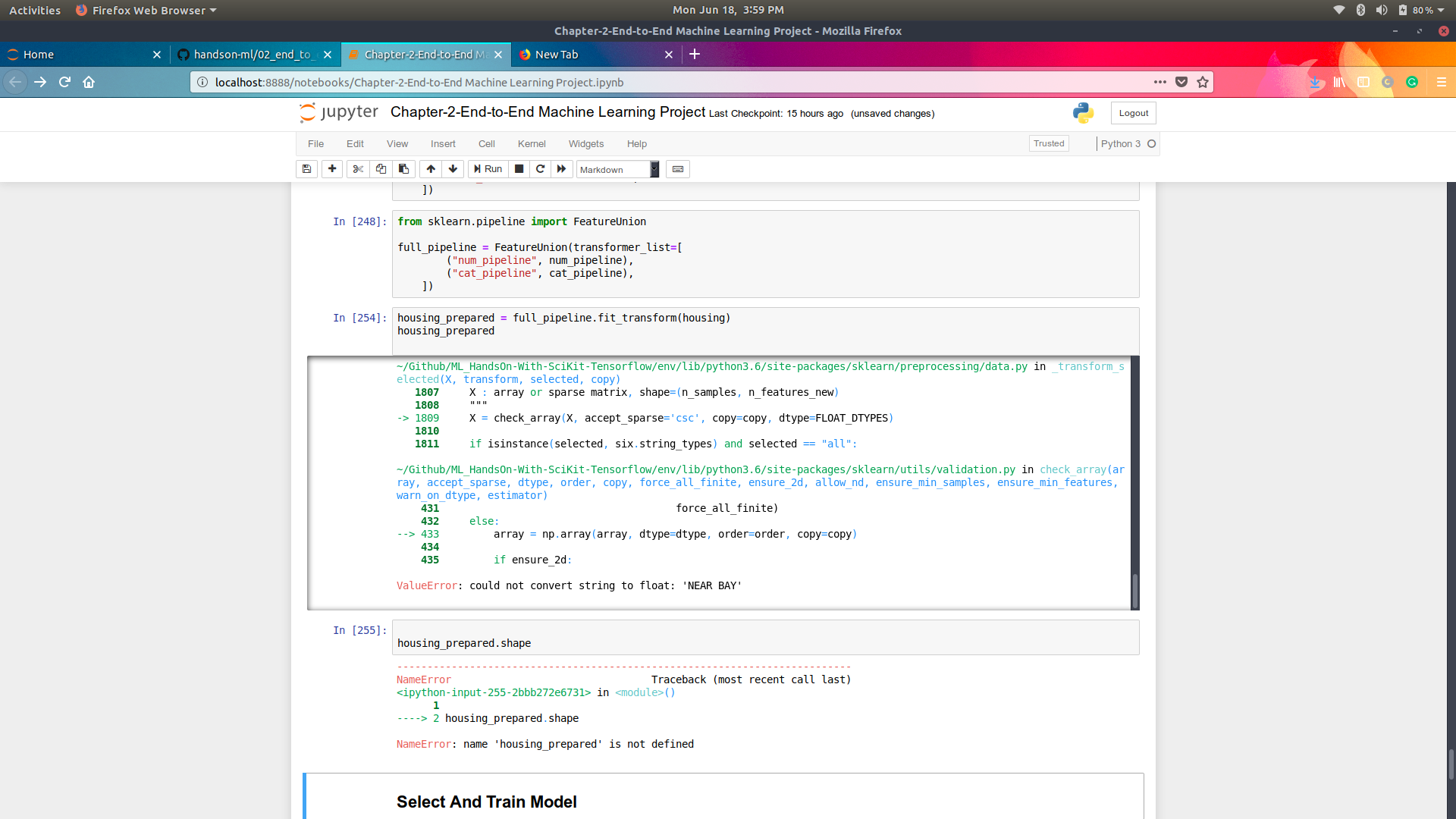


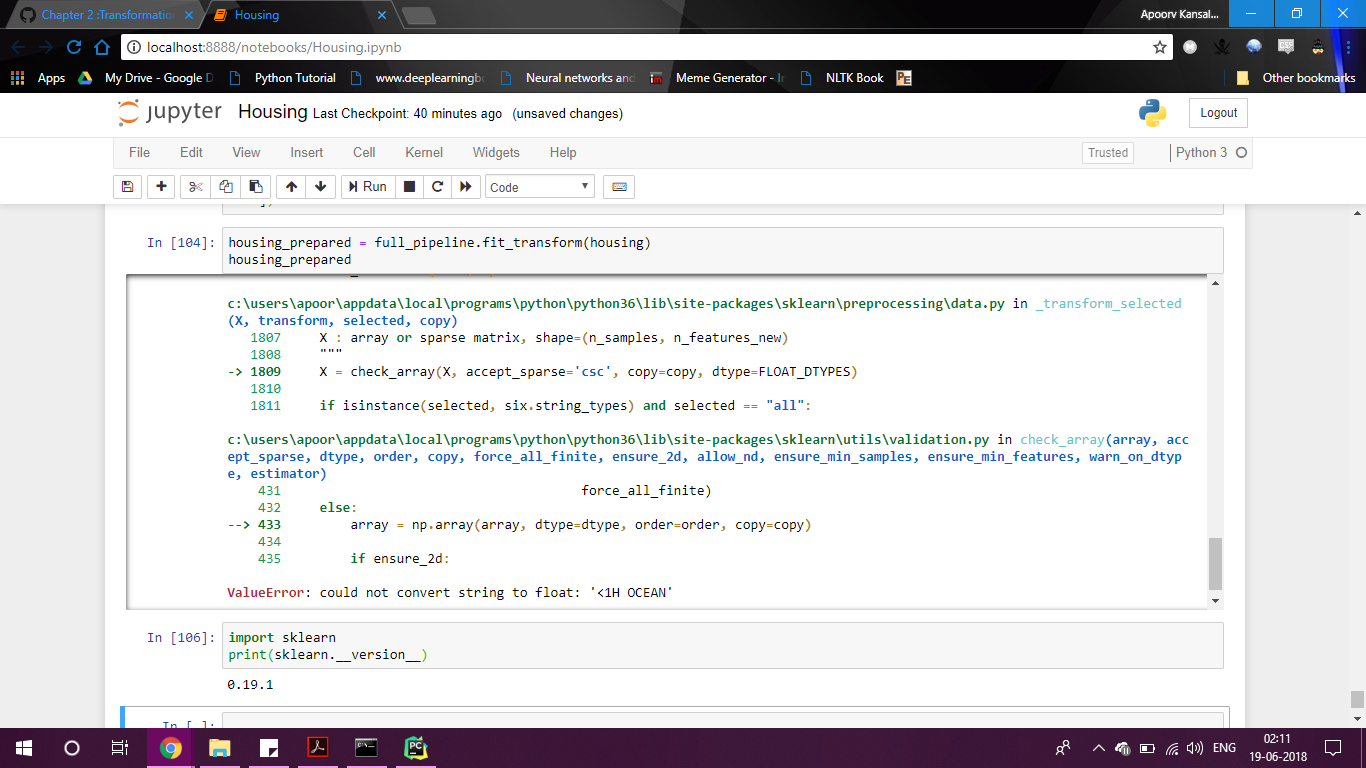

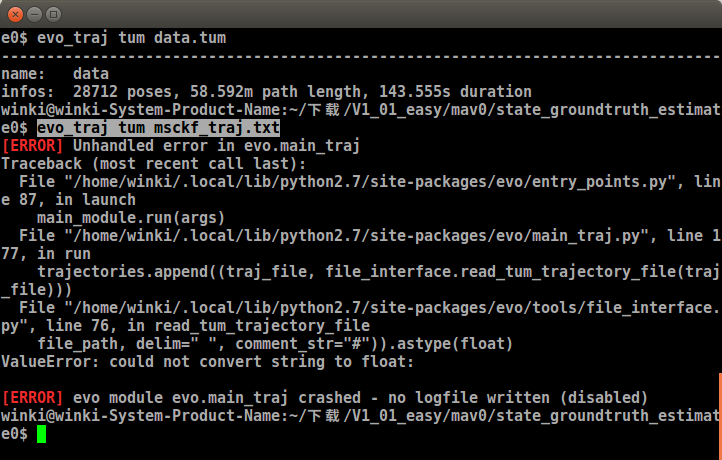











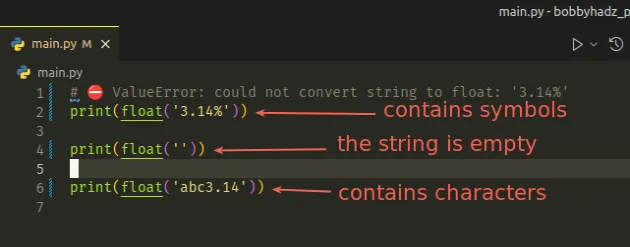

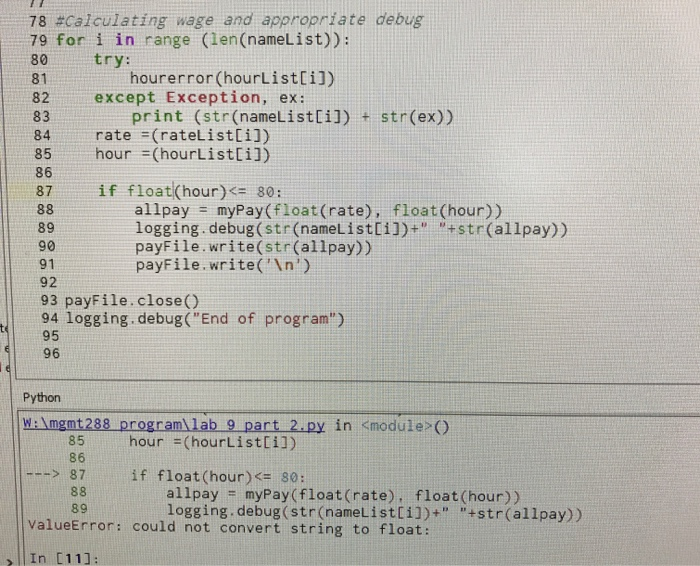







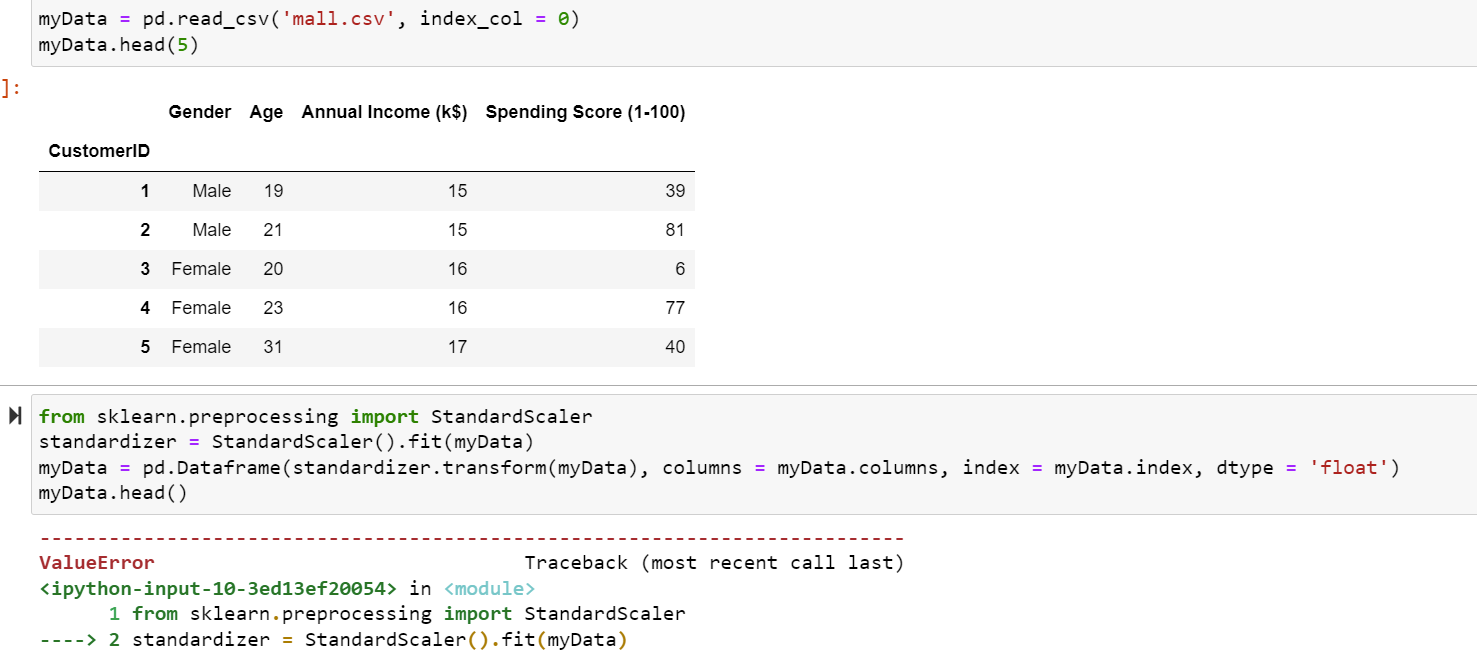




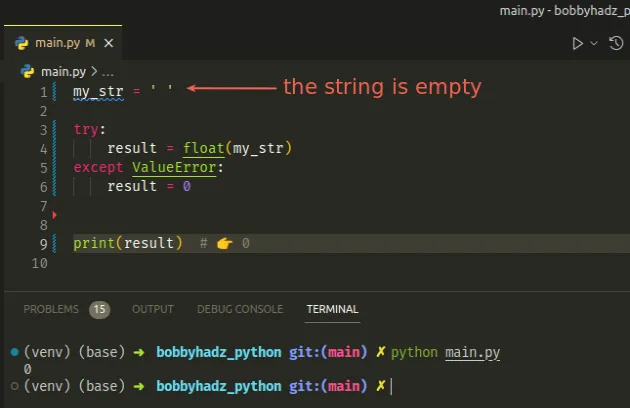


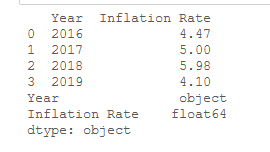






Article link: valueerror could not convert string to float ”.
Learn more about the topic valueerror could not convert string to float ”.
- ValueError: could not convert string to float in Python
- ValueError: could not convert string to float in Python
- ValueError: could not convert string to float: id – Stack Overflow
- Convert String to Float in Python – GeeksforGeeks
- Fix ValueError: could not convert string to float – Codedamn
- Convert String to Float and Back in Java | Baeldung
- Converting Pandas DataFrame Column from Object to Float – Datagy
- Valueerror: could not convert string to float: Easy ways to fix it …
- How to Fix in Pandas: could not convert string to float – Statology
- How to fix ValueError: could not convert string to float
- Could Not Convert String To Float Python
- Python valueerror: could not convert string to float Solution | CK
- Solved: ValueError: could not convert string to float
- ValueError: could not convert string to float – Yawin Tutor
See more: https://nhanvietluanvan.com/luat-hoc